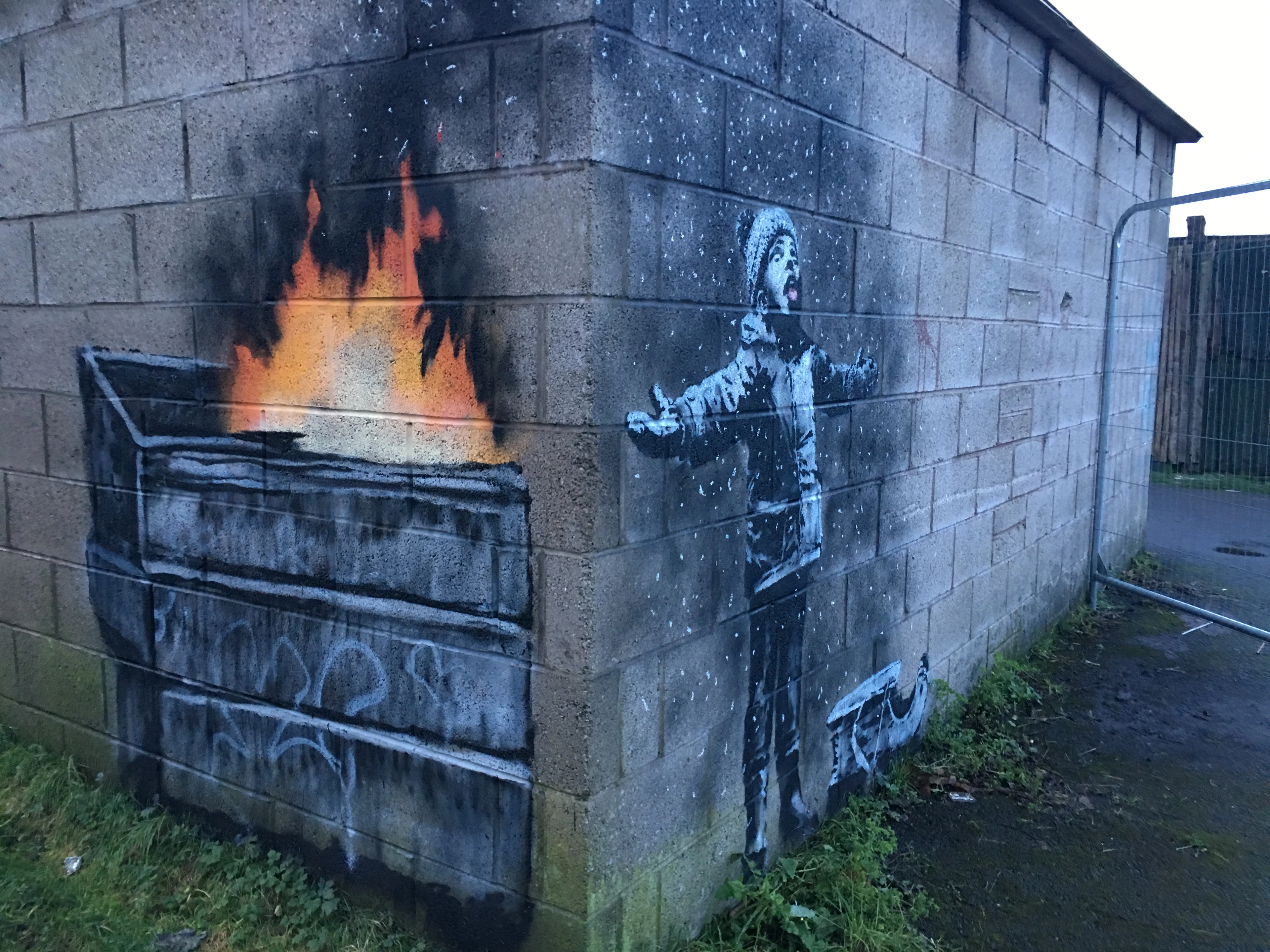
Street Art's Journey: From Rebellion to Digital Canvas – An Artist's View
Join an artist's personal journey through street art, from its rebellious graffiti origins and influential figures to its evolving role in galleries, social activism, and the digital realm. Discover techniques and its profound cultural impact.
The City as My Canvas: Street Art's Defiant Journey to Masterpiece Status
I still chuckle sometimes, remembering my grandmother's pronouncements. "Vandals!" she'd huff, watching news reports of spray-painted trains. For years, I probably echoed that sentiment, seeing only disorder. But then, a flicker. A colossal, intricate mural blossoming on a forgotten brick wall, transforming it from drab concrete to a living, breathing testament to urban spirit. Or a poignant Banksy stencil that made me stop dead in my tracks, sparking a feeling I usually only found in quiet galleries. It was like finding a hidden symphony in what I thought was just noise, a pattern in the chaos, much like discovering the unseen structure in an abstract piece I'm wrestling with in my studio. This wasn't just scrawl; it was a revolution, a vibrant cultural force stretching from the pulsating subways of New York to the most unexpected corners of global cities. In this article, we'll delve into street art's defiant origins, the titans who shaped its path, its surprising journey into galleries, its role in social activism, and its evolving presence today, all through the lens of my own artistic reflections.
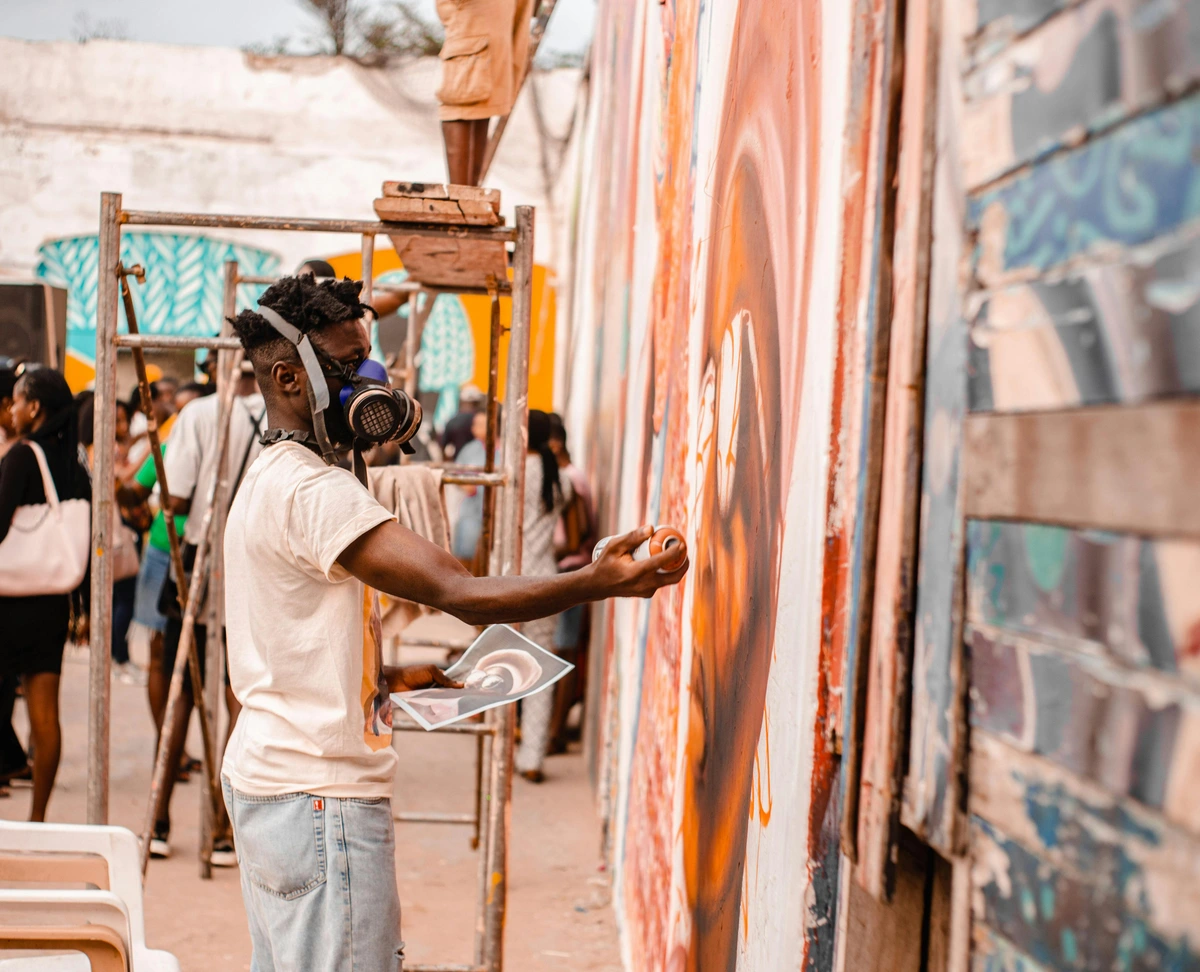
The Rebel Yell: The Raw Birth of Graffiti Culture
There's an undeniable thrill in breaking the rules, isn't there? A little bit naughty, a little bit exhilarating. The early days of street art, primarily born from the raw energy of graffiti, were all about that. It was a defiant act, a way for unheard voices to scream their existence, names to be etched onto the biggest, most public canvas imaginable: the city itself. The 1970s and 80s in New York City, a crucible of economic hardship and social upheaval, provided fertile ground for this urban language to explode. I realized that disaffected youth, fueled by the emerging hip-hop culture – which also inspired groundbreaking DJs and breakdancers – found powerful ways to assert their presence. Neighborhoods like the Bronx and Brooklyn became vital incubators, each borough a gallery on wheels, as subway lines became moving canvases carrying declarations across the city. A tag, a throw-up, an intricate piece—these weren't just random scrawls. They were visceral acts of self-affirmation, saying, "I exist. I'm here. This is my territory."
Pioneers like Taki 183 in New York, famed for his prolific tags across subway lines, and Cornbread in Philadelphia, whose name appeared everywhere from schools to the zoo, weren't just writing; they were carving out a new cultural phenomenon. These early works, often quickly executed and stylized, bypassed the traditional art world's gatekeepers entirely. The direct conversation with the urban landscape, raw and unfiltered, always fascinates me. I often grapple with the 'rules' of composition or color in my own studio, so that pure, unbridled expression feels both terrifying and incredibly liberating. That urgent burst of creativity? It’s something I chase, even if my canvas is a little less... public.
- Tags: An artist's stylized signature, often quickly executed and highly personalized, serving as a primary identifier.
- Throw-ups: A more elaborate, often bubble-lettered version of a tag, filled in with one or two colors, designed for quick visibility and maximum impact.
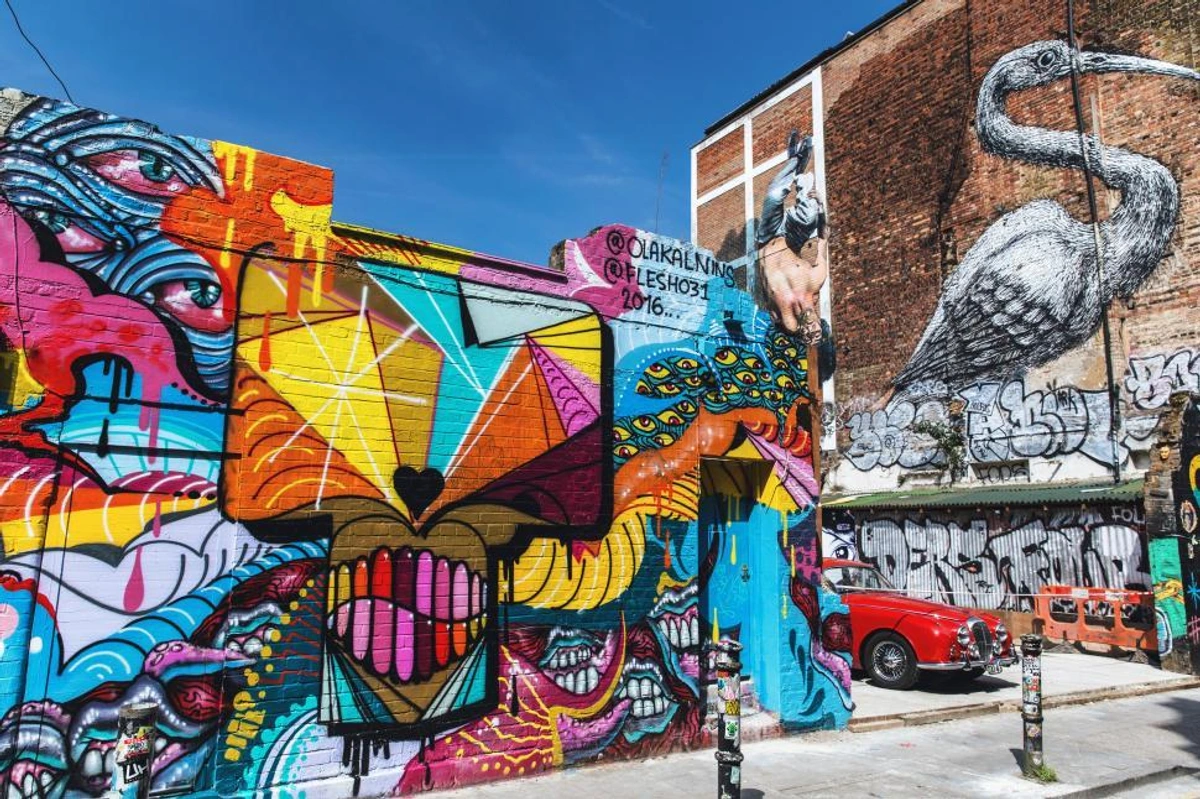
From Alleyways to Icons: The Artists Who Defined a Movement
Even before fully breaking into the mainstream, whispers and unsanctioned exhibitions in unconventional spaces hinted at the powerful potential of this raw urban expression. Early hip-hop magazines and fanzines also played a crucial role, documenting and disseminating this burgeoning culture far beyond its initial street-level audience. Then came the titans, the visionaries who truly bridged the chasm between street and gallery, compelling the art world to confront a challenging new form. Their work forced us to ask, "What is art, really?" – a question I frequently ponder in my own studio when wrestling with a new abstract composition. These artists didn't just paint walls; they reshaped perceptions, proving that profound artistic statements could emerge from unexpected places.
Here are some of the influential figures who redefined the canvas and pushed the boundaries of what art could be:
- Banksy: The anonymous provocateur whose satirical stencils are like visual punchlines, always hitting home with poignant social commentary. His mystique adds layers to his universally recognized works, often blending humor with sharp critique, and prompting contemplation on what is modern art today.
- Keith Haring: Born in the subways of New York, his vibrant, almost childlike energy and bold lines spoke a language accessible to everyone, carrying messages of love, life, and AIDS awareness. His iconic figures are instantly recognizable and transcend cultural barriers, much like how a simple, powerful line can convey immense emotion in my own mark-making.
- Jean-Michel Basquiat: Starting with the enigmatic "SAMO" tags, he swiftly transitioned into the fine art world, bringing that raw, visceral street energy onto canvas. His journey highlights how seamlessly the boundary between "street" and "gallery" art can be crossed, and his work continues to command immense respect.

- Shepard Fairey: His iconic "OBEY" giant posters and "Hope" portrait of Barack Obama demonstrate the power of visual propaganda and political commentary in street art. Initially emerging from his influential "Andre the Giant Has a Posse" sticker campaign, his work has evolved, sometimes sparking debate about the line between street intervention and commercial branding. His ability to blend pop culture, politics, and design made him a global force.
- Os Gemeos: The Brazilian twin brothers, renowned for their large-scale, vibrant murals featuring distinctive yellow-skinned characters. Their work blends traditional Brazilian folklore, hip-hop culture, and surrealism, often transforming entire cityscapes into fantastical narratives, drawing heavily from the vibrant colors and mythologies of their homeland.
- Dondi White: A foundational figure in New York City's subway graffiti scene, known for his intricate, dynamic lettering and whole-car pieces. Dondi was one of the first graffiti artists to transition his work successfully into galleries, solidifying the artistic merit of the form.
- Invader: A French artist renowned for his ceramic tile mosaics inspired by pixelated video game characters. His clandestine "invasions" across cities worldwide make his work a playful yet subversive global scavenger hunt, blurring lines between public art, game, and illicit intervention.
- JR: A French artist known for his large-scale photographic paste-ups that adorn buildings and structures globally. His work often highlights social issues, giving a voice and face to marginalized communities, transforming ordinary people into monumental works of art.
Artist | Primary Style/Contribution |
|---|---|
| Banksy | Satirical stencils, social commentary, anonymity |
| Keith Haring | Bold lines, universal figures, social messages |
| Jean-Michel Basquiat | Neo-expressionist, raw street energy to canvas |
| Shepard Fairey | Political propaganda, iconic imagery ("OBEY", "Hope") |
| Os Gemeos | Large-scale murals, Brazilian folklore, surrealism |
| Invader | Pixelated tile mosaics, global "invasions" |
| JR | Large-scale photographic paste-ups, social justice |
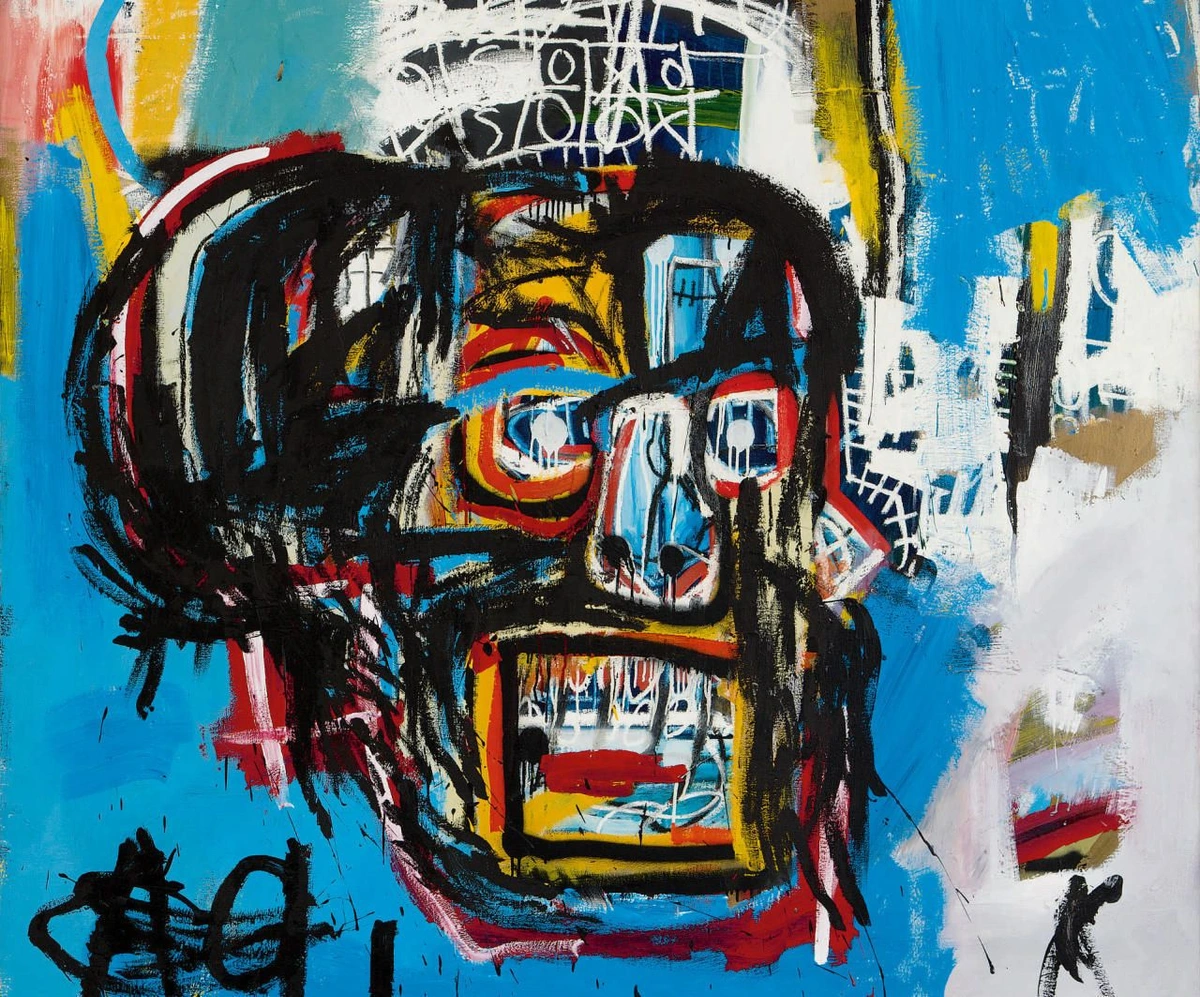
The Unlikely Gallery: Where Walls Meet White Cubes
It’s a funny thing, isn't it, how something once scrubbed away as vandalism can now command millions at auction? This seismic shift from fleeting, illicit urban adornment to highly valued collectible is one of the most fascinating aspects of street art's evolution. Groundbreaking documentaries like Style Wars (1983) and Wild Style (1983) brought the underground graffiti scene to a global audience, paving the way for gallery acceptance. Beyond these pivotal films, visionary curators like Patti Astor at FUN Gallery in the East Village held early, essential exhibitions. Major art institutions and museums, including the one in my own city of 's-Hertogenbosch, now dedicate exhibitions to these artists, collecting and preserving works that were once considered ephemeral. This broader globalization of street art has seen distinct scenes flourish in cities like Berlin, Melbourne, and across Latin America, each adding its unique flavor to the movement.
This acceptance forces us to re-evaluate our definitions of art itself, to consider that perhaps the true measure of a masterpiece isn't its frame or its location, but its sheer power to provoke thought, evoke emotion, or simply make us stop and truly look. This journey mirrors the broader conversation about what is modern art and how it continually pushes boundaries, reminding us that all art forms, even abstract art, have evolved from something new, often challenging, and initially misunderstood. The pure audacity of reclaiming public space, even for art, challenged the very notion of what belongs where, and who decides.

More Than Just Paint: The Message, The Medium, and The Movement
Street art isn't just about pretty pictures; it's often a potent voice for social commentary, political protest, and social activism, or simply giving a forgotten space a burst of life. The very medium—spray paint, stencils, murals directly on public walls—adds layers of meaning. It's democratic, accessible, and often ephemeral, reflecting the transient nature of urban life. What does ephemerality mean in practice? It means a piece of art could be painted over, weathered away, or even demolished tomorrow. This impermanence, ironically, can heighten its impact, creating a sense of urgency and a unique historical record of a moment. For me, as an artist, the fleeting nature doesn't diminish its value; it underscores the raw power of its immediate presence, forcing a deeper, more present engagement.
Beyond aesthetics and messaging, street art also grapples with complex ethical considerations. While often celebrated, the act of placing art in public spaces can sometimes contribute to gentrification or raise questions about appropriation, particularly when artists from outside a community use local imagery or symbols without genuine engagement. Take, for instance, debates in areas like Wynwood, Miami, where a once-gritty warehouse district transformed into a major art destination, leading to soaring property values and displacement. However, when done thoughtfully and collaboratively, it can be a powerful tool for community empowerment and urban revitalization without displacement. Murals can reclaim neglected areas, deterring actual vandalism by fostering a sense of ownership and care. Imagine a drab underpass transformed by a vibrant mural depicting local history, chosen and painted with community input—it shifts from a forgotten space to a shared landmark, fostering local identity and giving voice to residents. This collaborative spirit transforms neglected areas into vibrant public galleries.
There’s also the ongoing debate between commissioned, sanctioned work and the raw, often rebellious, nature of unsanctioned interventions. It’s a complex dance between community empowerment, artistic freedom, and commercialization. This tension always makes me think about the responsibility an artist has with their platform, and how my own work fits into the public eye, even when it’s privately commissioned. The rough textures of brick and concrete become part of the artwork, much like I explore how different surfaces and grounds—from smooth canvas to rough linen—influence the interplay of paint and form in my own abstract paintings. The bold, layered application of paint in a mural often mirrors the dynamic compositions I strive for in my own work. It makes you wonder about the meaning of art beyond aesthetics, doesn't it? It's art that confronts you, demands your attention, and often leaves a lasting impression long after you've walked away.
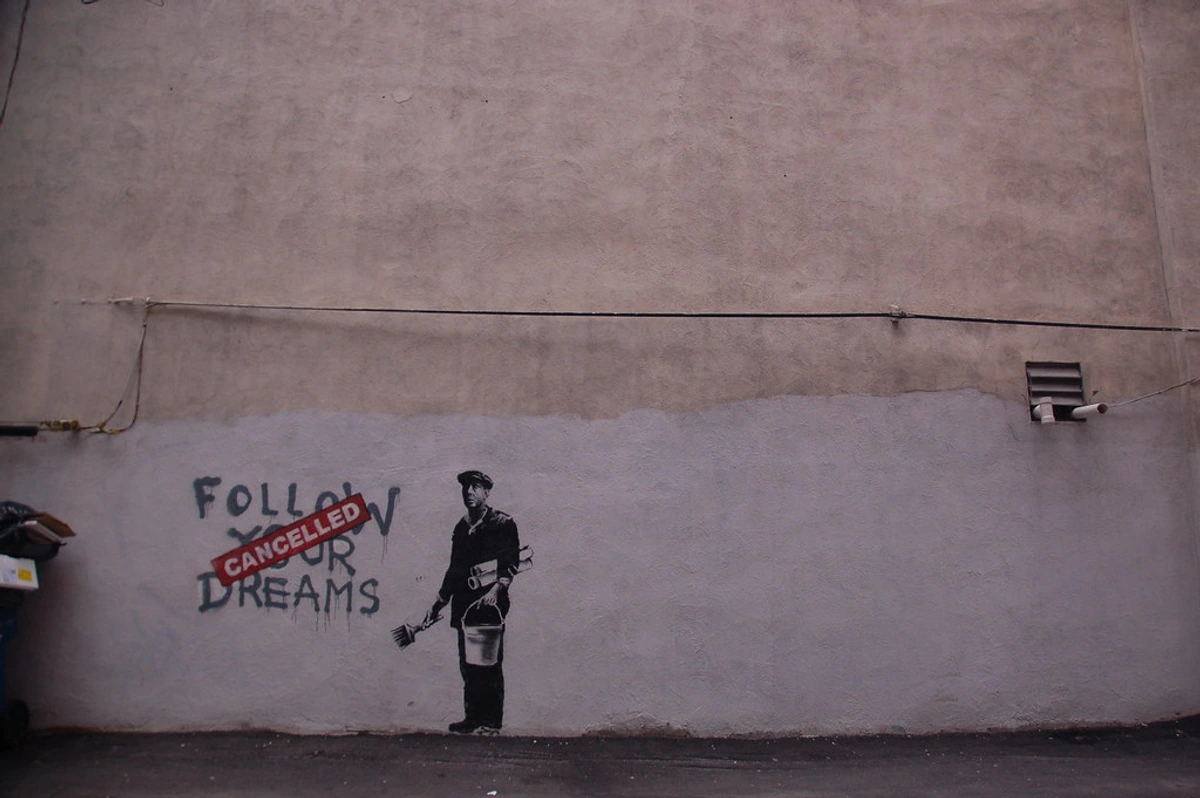
The Digital Canvas: Street Art in the 21st Century
Just as street art transformed physical walls, it's now adapting to new frontiers, embracing the digital realm with the same rebellious spirit. Even before the advent of mainstream social media, online forums and dedicated websites played a crucial role in fostering early street art communities, allowing artists to share work and connect globally. Now, social media has become an indispensable tool, transforming artists into global brands and turning fleeting street interventions into permanent digital records. A piece that might only last a few days on a wall can live on indefinitely online, reaching millions. This widespread sharing has democratized art appreciation, allowing enthusiasts worldwide to discover and follow artists, bypassing traditional gatekeepers entirely.
Beyond documentation, technology is actively shaping the art itself. Digital projections can transform buildings into dynamic canvases, creating temporary, mesmerizing spectacles. Augmented Reality (AR) allows artists to overlay virtual art onto real-world locations, offering interactive experiences that change with the viewer's perspective. Even NFTs (Non-Fungible Tokens) have entered the conversation, offering a way to monetize digital street art and establish ownership in the virtual space, creating new debates about authenticity and value. It makes me wonder about the boundless possibilities for my own mark-making and how abstract expression might one day manifest in these evolving digital landscapes. This evolution underscores street art's incredible adaptability and its ongoing capacity to push the boundaries of creativity, both on concrete and in code.

The Toolkit of the Streets: Common Techniques
Street art is a wonderfully diverse field, employing a range of ingenious techniques to make its mark on the urban landscape. It's not just a spray can and a wall; it's a whole toolkit of creative approaches, each with its own history and aesthetic. I often marvel at the precision and scale some of these artists achieve – a feat I'm not sure I'd master with my studio easel, let alone on a colossal brick wall! The spontaneous gestures and energetic application in spray-painting, for example, often echo the expressive freedom I seek in my own abstract mark-making.
- Stenciling: Popularized by artists like Banksy, stencils allow for quick, repeatable, and often intricate imagery. The artist cuts a design into a material (cardboard, plastic) and then sprays paint over it, leaving the image on the surface. This technique has deep roots in protest art, political propaganda, and early industrial marking, allowing for rapid dissemination of messages.
- Wheatpasting (Paste-ups): Large-format prints or drawings are glued to walls using a simple mixture of flour and water. This allows artists to create detailed works in a studio environment and then quickly install them outdoors. Often utilized in early political posters and advertising, it offers a quick, impactful way to communicate and circumvent traditional printing costs, giving the artist more control over the final image before public display.
- Murals: These are typically larger, often commissioned, and can involve intricate painting techniques, sometimes by multiple artists. Murals range from community-led projects that reflect local identity to grand, city-commissioned artworks. Their history dates back to ancient civilizations, now reimagined for urban contexts, often chosen for their permanence and ability to transform large public spaces.
- Throw-ups and Tags: The foundational elements of graffiti. A "tag" is an artist's signature or stylized name, often quickly executed and highly personalized. A "throw-up" is a more elaborate, often bubble-lettered version of a tag, filled in with one or two colors, designed for quick visibility. These elements were born from the desire for identity and territorial marking within specific urban youth cultures, often chosen for speed and stealth.
- Installations: Some artists go beyond two-dimensional art, incorporating found objects, sculptures, light projections, or even architectural modifications to create immersive, site-specific experiences. Think of a staircase transformed into a cascading waterfall, or an abandoned building animated by projected imagery. These are chosen when the artist wants to interact with the environment in a three-dimensional or conceptual way.
Each technique offers unique expressive possibilities, and seeing them at play always inspires me to think about how different mediums influence my own mark-making and layering in abstract painting.
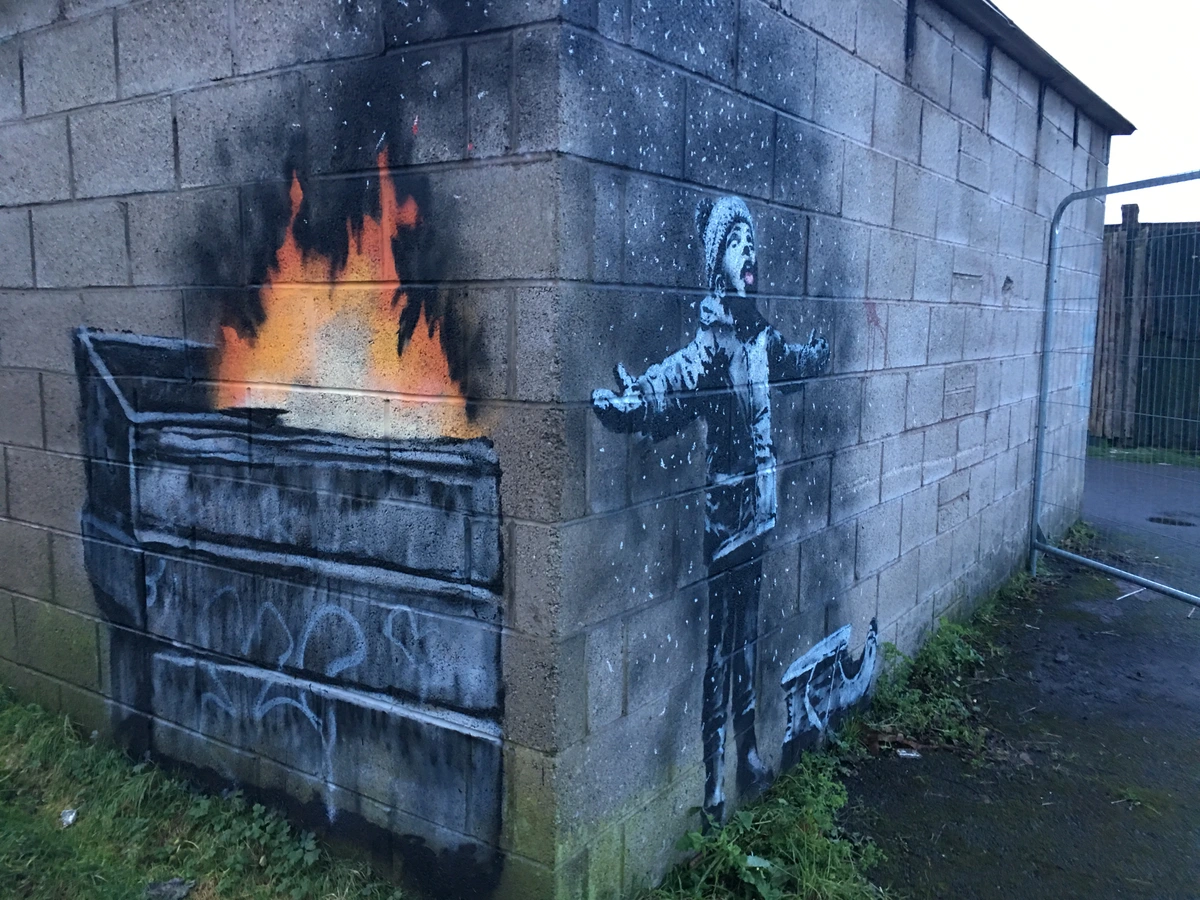
My Own Canvas, My Own Walls
You might wonder what street art, with its bold statements and urban landscapes, has to do with my often abstract, color-driven work. Well, more than you'd think! While I’m usually found in my studio, not scaling buildings with a spray can, there’s a shared spirit of direct, unfiltered expression. The spontaneity, the intuitive mark-making, and the desire to communicate something raw and authentic—those feelings resonate deeply with my process. I might not be painting on brick, but I'm often thinking about how different surfaces and layers interact, how light falls, and how to create a sense of depth and movement, much like a muralist considers the existing texture of a wall.
Just as a street artist utilizes the environment, I consider how the raw canvas or the thick application of paint creates its own landscape, a topography for color and form. The bold scale of a mural can sometimes inspire the expansive gestures I make on a large canvas, or the fleeting nature of a wheatpaste reminds me to embrace the present moment in my own creative bursts. And just like street artists seek to transform overlooked spaces, I aim to transform canvases, to infuse them with life and emotion. It’s all part of an artist’s journey, constantly seeking new ways to connect and express. The freedom they embrace, the dialogue with their environment—it all finds echoes in my own abstract explorations, reminding me that the true canvas is boundless. And who knows, maybe one day a particularly rebellious abstract piece of mine will end up on a city wall (with permission, of course!). If you're curious about the kind of art I do create, you can always explore my available works here.
Frequently Asked Questions (FAQ)
Is street art still considered vandalism?
Legally, if art is created on public or private property without permission, it is indeed considered vandalism. However, public perception has shifted dramatically. Many cities now embrace and commission street artists, often establishing "legal walls" or designated public art spaces where artists can create without legal repercussions, distinguishing between unsanctioned tagging and culturally valued murals. The lines are often blurred, much like trying to define where the 'rules' of art begin and end!
What's the difference between graffiti and street art?
While often used interchangeably, graffiti traditionally refers to text-based, often stylized writing (tags, throw-ups), with an emphasis on the artist's name or crew and a focus on identity. Street art is a broader term encompassing various forms like stencils, murals, paste-ups, and installations, often with more pictorial or conceptual content. However, there's a huge overlap, and many street artists started with traditional graffiti. It's a bit like different dialects of the same powerful urban language, all striving for expression.
How can I find and appreciate famous street art?
Many cities offer guided street art tours, or you can often find self-guided maps online. Keep an eye out in vibrant, urban areas—sometimes the best discoveries are made by simply wandering with an open mind. And don't forget to look up, down, and around; street art can pop up in the most unexpected places. Consider exploring best cities for art and culture to find hotspots, from Berlin's East Side Gallery to Melbourne's laneways.
What are some common techniques used in street art?
Street artists employ a diverse toolkit! Some common techniques include stenciling (using pre-cut designs for repeatable images, often for speed and secrecy), wheatpasting (gluing large-format prints to walls for detailed work), traditional hand-painted murals (chosen for scale and permanence), and various forms of graffiti like tags (stylized signatures for identity) and throw-ups (bubble-lettered names for quick impact). More conceptual artists might also use installations, light projections, or even digital overlays via augmented reality.
How does street art influence urban development and regeneration?
Street art can significantly impact urban development by revitalizing neglected areas, attracting tourism, fostering local identity, and promoting cultural exchange. Murals often transform drab walls into vibrant landmarks, making neighborhoods more appealing and often deterring actual vandalism. However, this artistic revival can also contribute to gentrification, raising property values and potentially displacing long-term residents. It’s a complex dynamic, a bittersweet transformation, sometimes.
What does the future hold for street art?
The future of street art is as dynamic as the art itself! We're seeing more legal murals, digital projections, augmented reality experiences that blend physical and virtual spaces, and even discussions around NFTs. It continues to evolve, pushing boundaries and finding new canvases, both physical and digital, to make its mark, constantly reminding us that creativity finds a way.
Conclusion
From illicit tags to celebrated masterpieces, from the defiant rebel yell to thoughtful cultural commentary and bold social activism, and now into the digital ether, the journey of street art is a testament to art's boundless capacity for evolution and its power to challenge our perceptions. It reminds me that creativity doesn't wait for permission or a gallery wall; it finds a way to express itself wherever it can, leaving an indelible mark on our collective consciousness. And that, I think, is a beautiful, messy, wonderfully human, and endlessly adaptable thing. So, if you find yourself wandering the urban labyrinth, remember to look up, down, and around—you might just discover your next favorite masterpiece, waiting to speak to you from a forgotten wall, or perhaps even from your phone screen. Go ahead, explore, and let your own canvas be boundless.




